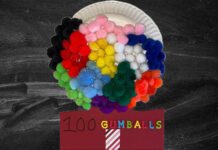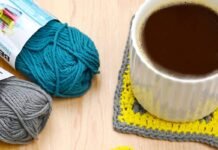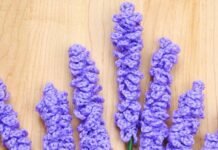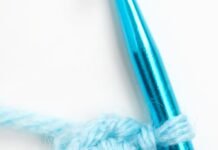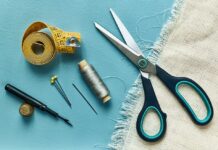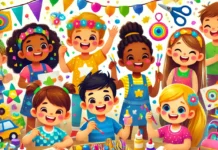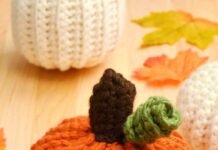For beginners looking to hem clothes or dive into quilting, choosing the right sewing machine is key. Extra features can sometimes complicate things, so the best beginner sewing machines should be straightforward, durable, and deliver excellent stitch quality. Recently, experts tested a range of sewing machines, sergers, and embroidery machines from top brands like Singer and Brother, identifying the best beginner models for 2025. These selected machines are easy to operate and built to support new sewers as they build their skills, making them ideal choices for anyone starting out in sewing.
Our top picks for the best sewing machines for beginners:
Best Value Sewing Machine for Beginners :KPCB Sewing Machine for Beginners with Finger Guard
Best Portable Sewing Machine for Beginners :SINGER M1000.662 Sewing Machine
To make our recommendations, we evaluated ease of threading, stitch accuracy with different fabrics, innovative features and more. Our testers analyzed the construction of each machine to ensure that they’re built to last while also being intuitive to operate for novice sewers. Great to learn how to sew on, our top picks will also grow with you as you advance to more challenging projects.
1.Best Overall Sewing Machine for Beginners
Brother CS7000X Computerized Sewing and Quilting Machine
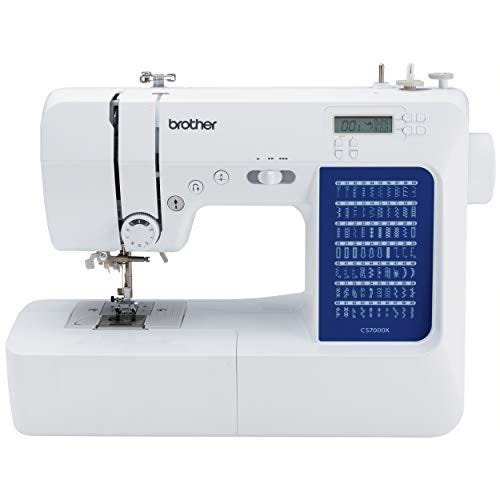
Pros
- Drop-in bobbin
- Over 17,000 five-star Amazon reviews
- Simple threading directions with QR codes for additional guidance
Cons
- Showed some inaccuracies when sewing with polyester satin fabrics
If you’re a beginner sewer with plans to tackle more advanced projects in the future, this Brother sewing machine is an excellent choice. It comes with 10 presser feet and multiple bobbins to kickstart your sewing journey.
Our testers found the presser feet easy to change and threading simple, thanks to the user-friendly drop-in bobbin system, which is easier to handle than traditional front-loading bobbins. The adjustable speed feature allows beginners to control their sewing pace, avoiding any mistakes. The convenient start/stop button ensures you can halt the machine quickly when needed.
With 70 built-in stitches, including essential options for various projects, this machine handled a range of fabrics with minimal errors. However, it proved slightly more challenging when working with satin materials. Our testers also noted that the thread holder, though initially appearing short, is actually height-adjustable for added flexibility.
| Machine type | Computerized |
|---|---|
| Weight | 14 pounds |
| Built-in stitches | 70 stitches with 7 buttonholes |
| Bobbin type | Drop-in |
2.Best Value Sewing Machine for Beginners
KPCB Sewing Machine for Beginners with Finger Guard
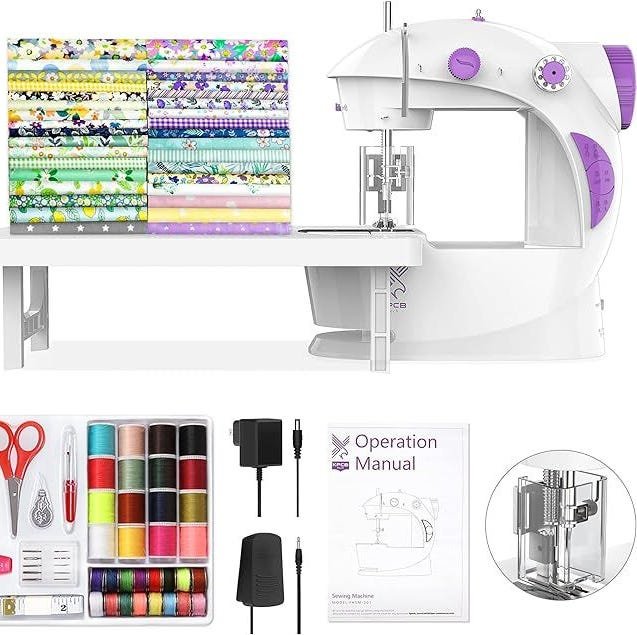
Pros
- Budget-friendly
- Lightweight
- Great for kids
Cons
- Not designed to be long lasting
- No back stitch
For those seeking a simple and budget-friendly sewing machine, this fully functional model offers everything you need for just $40. Weighing under three pounds and smaller than a typical magazine, this mechanical sewing machine is highly portable, making it easy to carry around. Mechanical machines are a great option for beginners, as they tend to be easier to learn than computerized models, and this one even includes a finger guard, making it a safe choice for kids learning to sew.
Designed for small, straightforward projects, this machine offers one stitch and features easy-to-use tools like a side thread cutter, a removable extension table, and a built-in lamp for added convenience. Please note, it lacks a backstitch, so we recommend sewing over the ends to reinforce your stitches. This machine comes with everything you need to start sewing, including threads, cotton fabrics, and a measuring tape, making it an excellent option for beginners.
| Machine type | Mechanical |
|---|---|
| Weight | Three pounds |
| Built-in stitches | 1 stitch |
| Bobbin type | Drop-in |
3.Best Portable Sewing Machine for Beginners
SINGER M1000.662 Sewing Machine
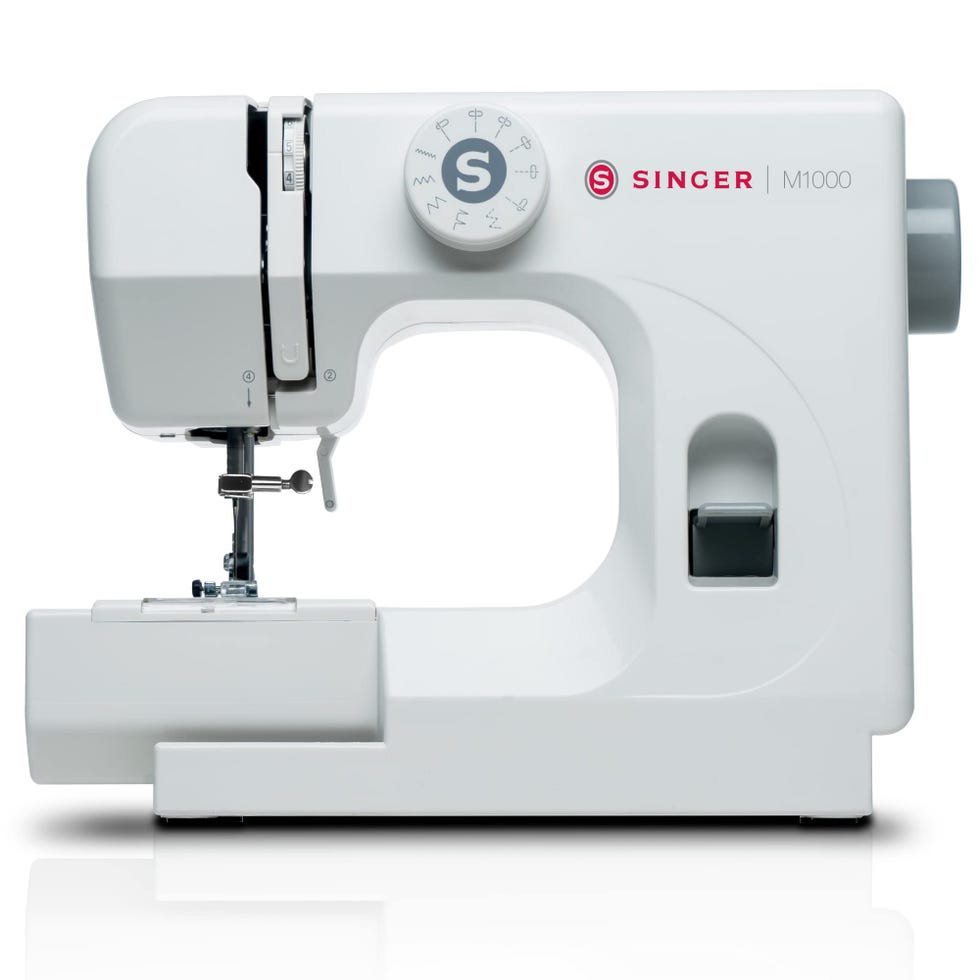
Pros
- Smallest machine from a durable brand
- Simple knobs and controls
- Easily portable and great for small spaces
Cons
- Some reviewers wish the included manual was more user friendly
The new SINGER sewing machine is their most compact model yet, measuring just 9.5″ x 11.5″ and weighing only 5.5 pounds, making it ideal for small spaces and easy portability. Our experts were impressed with its user-friendly controls, including an accessible backstitch and simple threading process, making it a great option for beginners. It comes with multiple bobbins, presser feet, and needles, providing everything you need to get started.
With over 4,900 positive reviews on Amazon, users praise it as “perfect for beginners” and an “excellent investment.” Some reviewers noted that the manual could be more detailed, but they found the brand’s online resources to be more helpful. This SINGER machine offers both simplicity and quality, making it a standout choice for new sewers.
| Machine type | Mechanical |
|---|---|
| Weight | 5.5 pounds |
| Number of stitches | 32 stitches |
| Bobbin type | Drop-in |
4.Easiest to Thread Sewing Machine for Beginners
SINGER M3500 Sewing Machine
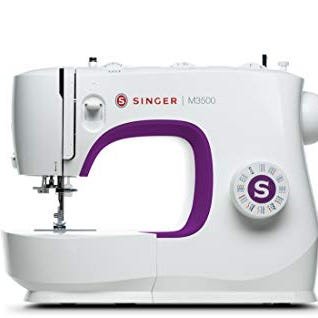
Pros
- Thousands of rave Amazon reviews
- Easily portable small size
- Automatic needle threader
Cons
- Buttonhole function wasn’t seamless in testing
If you’re looking for a simple, no-fuss sewing machine, this mechanical model from Singer is the perfect choice. Affordable and user-friendly, it has garnered over 3,500 positive Amazon reviews for being easy to set up and start using right away. During our tests, we were impressed with how well it handled various fabrics, including wool and cotton jersey, although it did struggle with delicate materials like silk chiffon.
While the one-step buttonhole function wasn’t flawless and occasionally got stuck, it worked smoothly after rethreading. Our sewing pros appreciated the easy threading system and the automatic needle threader, which adds convenience for beginners. Many reviewers also highlight this machine as a great gift for tweens and teens who want to learn how to sew.
| Machine type | Mechanical |
|---|---|
| Weight | 11.79 pounds |
| Built-in stitches | 11 stitches with 1 buttonhole option |
| Bobbin type | Front-loading |
5.Best Beginner Sewing Machine for Quilting
Singer 7285Q Patchwork Quilting Machine
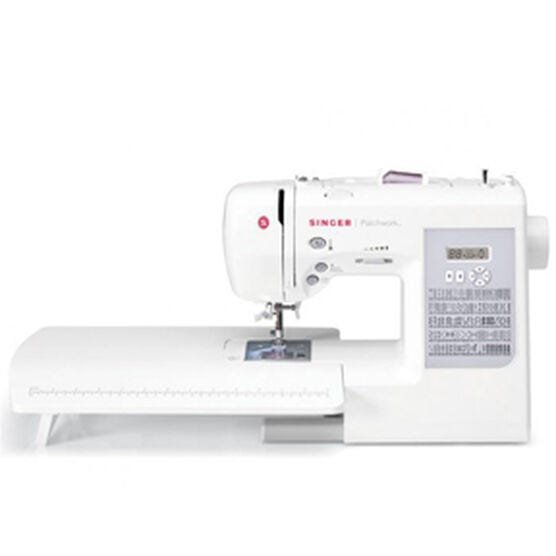
Pros
- Start-stop button is ideal for quilting
- 11 presser feet included
- Large removable work area
Cons
- Restocking fee for returns
Tailored for beginner quilters, this Singer sewing and quilting machine offers both manual speed control for those struggling with consistent pedal pressure and a convenient start-stop function for those who prefer to sew without a foot control.
With over 100 built-in stitch applications, including both basic and decorative stitches, this machine automatically adjusts the tension with each stitch for optimal results. Our testing found the automatic buttonhole function incredibly easy to use, with six different style options available at the touch of a button on the LCD screen. The quick-snap presser foot design makes changing feet a breeze, and the automatic needle threader adds to the ease of use, making this machine a great choice for beginners looking to expand their quilting skills.
| Machine type | Computerized |
|---|---|
| Weight | 22.05 pounds |
| Built-in stitches | 203 stitches and 6 buttonholes |
| Bobbin type | Drop-in |
6.Best Beginner Sewing Machine for Making Clothes
Brother XR9550 Sewing and Quilting Machine
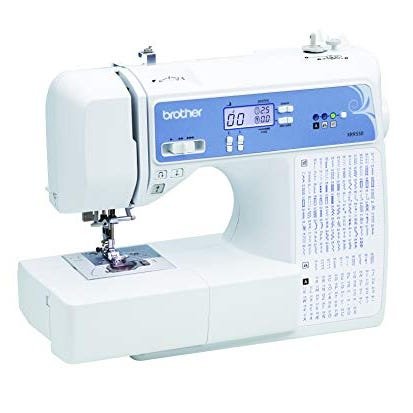
Pros
- Handled variety of fabrics with ease
- Speed control
- Clear, easy to use controls
Cons
- Always use the spool cap
Sewing your own clothes is a fantastic way to express your personal style, and to get started, you need a machine that can handle a variety of fabrics. This Brother sewing machine offers the perfect balance of simplicity and advanced features, including a clear LCD screen, needle up/down function, and adjustable speed control. It also comes with a wider table to support larger quilting and sewing projects.
During testing, we found that this machine handled a range of fabrics with ease, from denim to upholstery fabric. The intuitive automatic needle threader makes setup simple, and we recommend using the spool cap to prevent the thread from slipping off during sewing. This machine is a great choice for both beginners and those looking to take on more ambitious sewing projects.
| Machine type | Computerized |
|---|---|
| Weight | 10.14 pounds |
| Built-in stitches | 110 utility stitches, 55 alphanumeric stitches and 8 buttonholes |
| Bobbin type | Drop-in |
7. Best Beginner Sewing Machine For Embroidery
Brother SE700 Sewing and Embroidery Machine
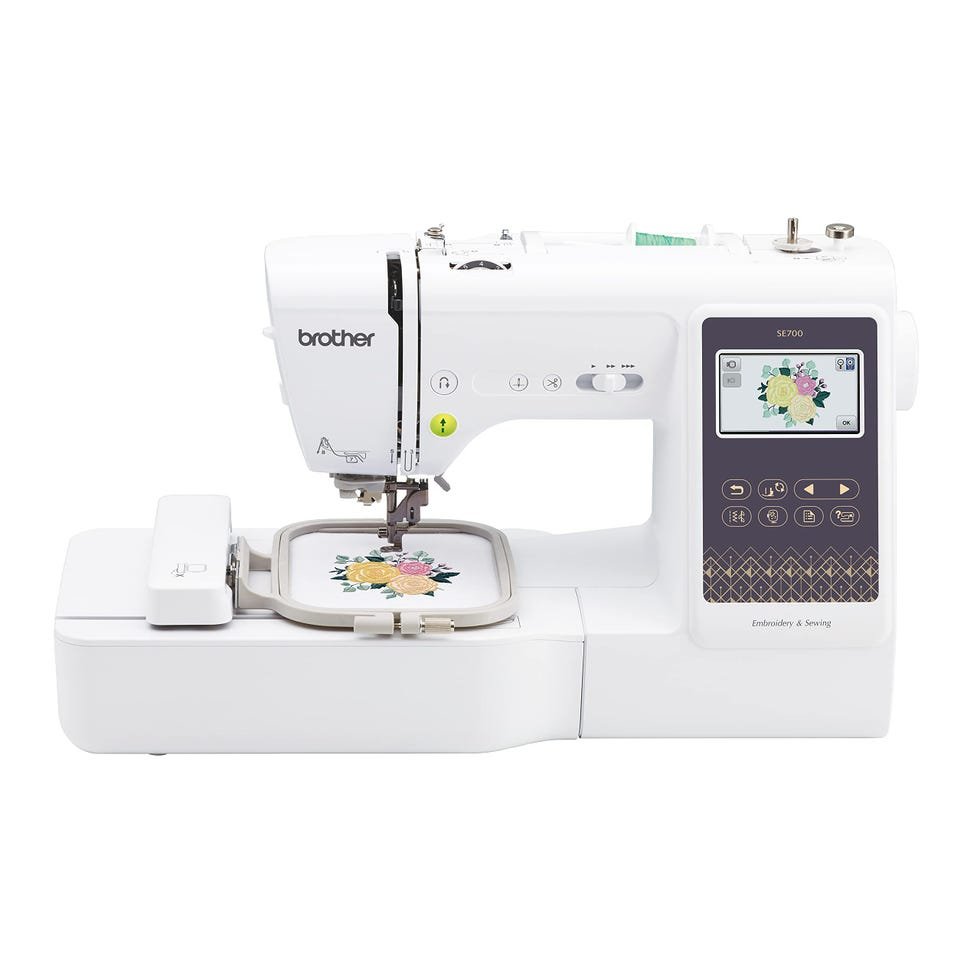 Now 10% Off
Now 10% Off
Pros
- LED-lit work area
- Easy to follow guides online
- Wireless design upload capabilities
Cons
- Smaller embroidery area compared to pricier models
Sewing and embroidery machines can be expensive and complex, but the Brother SE700 stands out for being both affordable and user-friendly. It offers a 4″ x 4″ embroidery field, complete with a loop, embroidery arm, and foot, allowing you to view designs in full color on the LCD display. This makes adjusting details like thread color a breeze.
With 135 built-in embroidery designs, the SE700 also supports wireless connectivity and includes a USB port to upload custom designs, as well as thousands of options from Brother’s online library. This machine doubles as a fully functioning sewing machine when the embroidery arm is removed. Additional features like an automatic needle threader, LED-lit work area, free arm, and drop-in bobbin make it a great choice for those looking for ease of use and versatility in one affordable package.
| Machine type | Computerized |
|---|---|
| Weight | 15.06 pounds |
| Number of stitches | 103 built-in stitches |
| Bobbin type | Drop-in |
8.Best Beginner Sewing Machine for Kids
Magicfly Mini Sewing Machine for Beginners
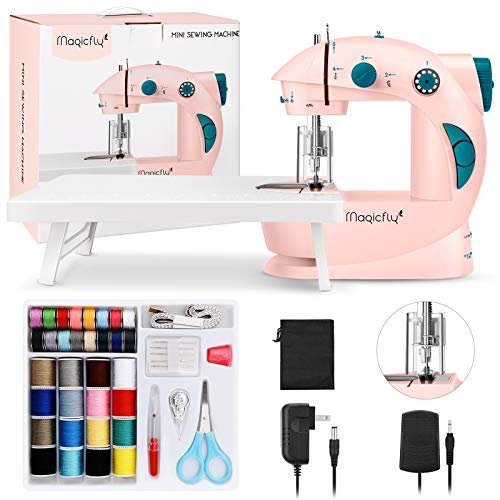
Credit: Magicfly
Pros
- Finger guard for safety
- Includes threads, bobbins and other sewing accessories
- Over 13,000 Amazon reviews
Cons
- Not designed to last long-term
- No back stitch
When teaching young children to sew, safety is the top priority, and this Magicfly sewing machine is designed with that in mind. It includes a finger guard to help prevent injuries, making it a great choice for beginners. Lightweight and portable, it’s perfect for small hands and easy to move around — and all for under $50!
The machine offers slow-speed options, allowing children to sew at a comfortable pace, and comes with a variety of accessories to make learning easier. While it lacks a backstitch function, we recommend stitching over the ends twice to prevent unraveling. This machine is an affordable and safe way to introduce kids to the world of sewing.
| Machine type | Mechanical |
|---|---|
| Weight | 2.2 pounds |
| Built-in stitches | 1 stitch |
| Bobbin type | Drop-in |
9. Best Heavy Duty Sewing Machine for Beginners
Singer 4452 Heavy Duty Sewing Machine
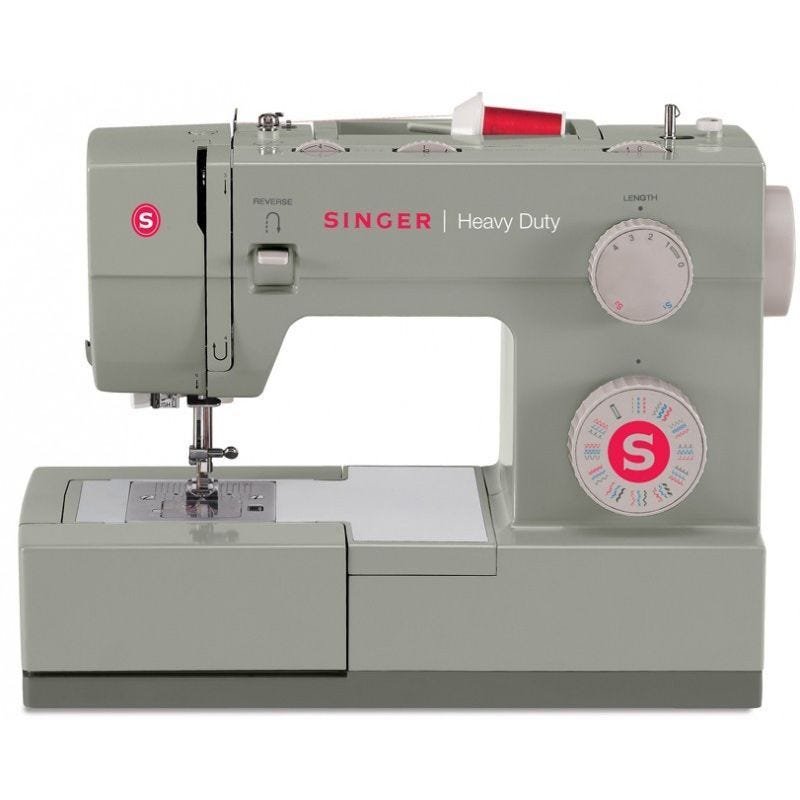
Pros
- Designed specifically for denim and leather
- 1,100 stitches per minute
- Powerful motor
Cons
- Only use plastic Singer bobbins, according to reviewers
A trusted classic, the Singer Heavy Duty 4423 sewing machine is known for its ability to handle heavy fabrics like denim and leather with ease. Equipped with a powerful motor, it can stitch up to 1,100 stitches per minute, allowing you to complete projects quickly. The motor is strong enough to handle thick seams without issue, making it ideal for heavy-duty sewing tasks.
This machine offers 32 built-in stitches and multiple buttonhole options, providing plenty of variety without being overwhelming for users. Reviewers recommend using only Singer’s plastic bobbins to ensure optimal performance and avoid any potential issues. Whether you’re working on tough fabrics or everyday sewing projects, the Singer 4423 is a reliable and efficient choice.
| Machine type | Mechanical |
|---|---|
| Weight | 15.7 pounds |
| Built-in stitches | 32 stitches with 1 buttonhole option |
| Bobbin type | Front-loading |
How we test sewing machines

We have tested dozens of sewing machines over the past few years, including machines for beginners and expert-level sewers. To determine which sewing machine is best for you, our experts start by researching the newest and most popular sewing machines from top brands. When then test each model in our Lab to see which ones are worth buying. In our latest round of testing, we evaluated 13 different machines, leading to over 100 data points to analyze. We evaluate each machine based on the following criteria:
✔️ Features: Sewing machines are becoming more and more advanced, so we start by assessing just how many features come with each one and if those features are actually helpful to a beginner. When testing, we look for features such as screen or dial stitch selection, speed control and automatic needle threading, documenting and comparing each one.
✔️ Ease of use: Setting up your machine can be a difficult task, especially for new sewers. During our tests we evaluate the readability of each instruction manual and all the accessories that come with every machine. We also evaluate the difficulty of changing the presser foot, the comfort of the foot pedal, buttons and hand wheel as well as changing tension, speed and stitching for each machine.
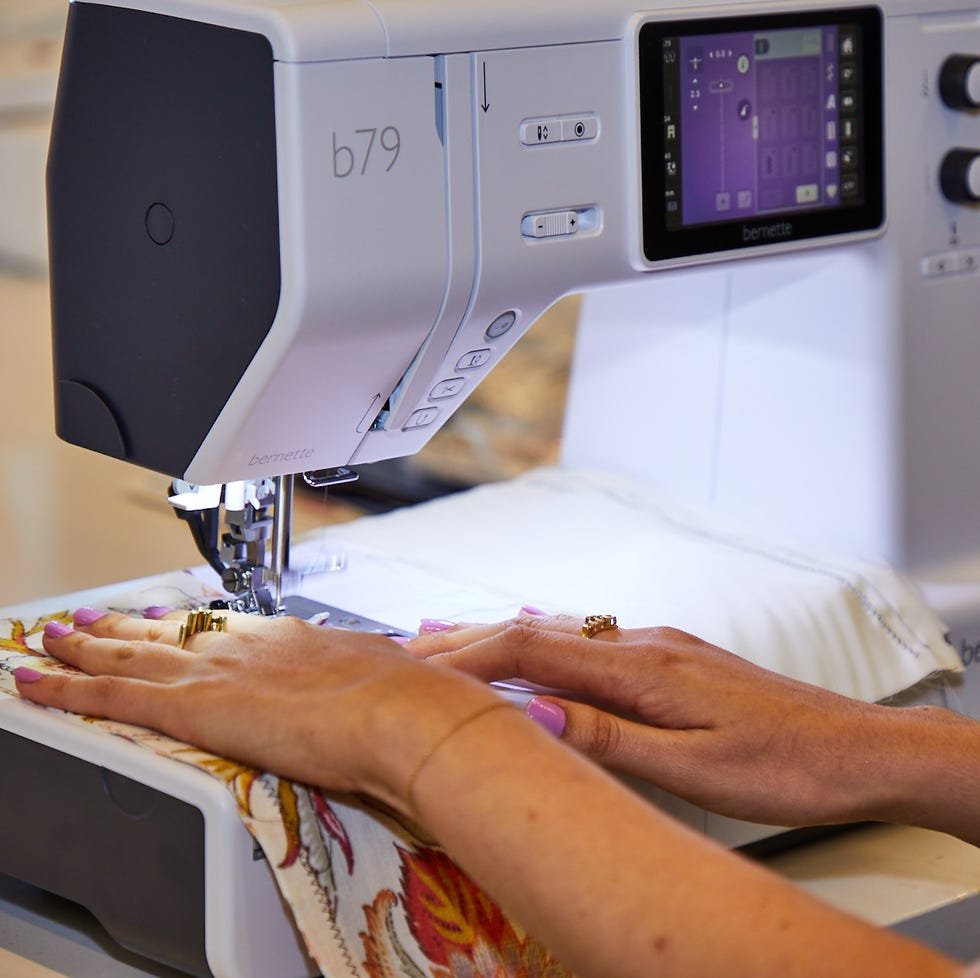
✔️ Performance: For this test, we use multiple fabrics to determine just how well each machine stitches. During this test, we use both natural and synthetic fabrics of different weights including lightweight cotton, polyester satin, wool, jersey cotton, denim and upholstery grade fabric. On each fabric, we assess how well each machine performs when making a basic and zigzag stitch, by grading imperfections during the stitching process. We also note just how well each machine performs when using multiple layers of fabrics using woven cotton, denim, jersey and cotton batting. Lastly, we create multiple buttonholes with all machines to access the difficulty and accuracy of each.
What to look for when buying a beginner sewing machine

In addition to sewing machine type, you’ll want to look out for the following features:
✔️ Number of built-in stitches: When first learning to sew, you really only need two stitches: straight and zig zag. But as you advance, you will want more stitch options and decorative stitches.
✔️ Size and weight: If you plan on bringing your sewing machine to classes or sewing groups, make sure you pick a portable option. Look for a lightweight sewing machine with a handle for easy toting.
✔️ Ease of use: For your first sewing machine, simple is better. Beginner sewing machines should still have a durable, metal frame and helpful tools, but avoid machines with features you won’t use. These can just get in the way and make it a more challenging machine to master.
✔️ Included accessories: Most machines include a bobbin and a presser foot, but some include much more. While you may not need a ton of accessories as a beginner, look for machines with clear manuals, extra presser feet and included repair tools.
As with all sewing machines, make sure to read the included or online manual carefully before starting, as every machine has slightly different use and care instructions.
What are the different types of at-home sewing and crafting machines?

When you start your sewing journey, all the different types of machines can feel overwhelming. Here, our sewing experts help break down the different types of at-home sewing and crafting machines, so you know which machine type is best for you.
✔️Mechanical sewing machine: Mechanical styles are more streamlined, with simple controls and buttons. If you are totally new to sewing, a mechanical machine is a great place to start because they are easier to understand and are more affordable.
✔️Computerized sewing machine: With greater stitch variety, fancier features and an LCD or touchscreen, computerized machines are great for beginners who hope to eventually advance to larger projects.
✔️Embroidery machines: While there are embroidery machines with no sewing capabilities, many embroidery machines also act as computerized sewing machines, too.
✔️ Sergers: Sergers are actually not sewing machines at all. A serger machine (also known as an overlocker) uses an overlock stitch with three or more thread sources to create a professional-grade binding for the fabric. This stitch isn’t available on sewing machines, so sergers are generally used in addition to a sewing machine. They have a knife that trims the seam allowance as the edge is stitched, preventing fraying and creating a finished look.
✔️ Coverstitch machines: These are also not sewing machines and are for the purpose of finishing raw edges and adding decorative stitches, like a serger. These machines use multiple needles to make a double row of stitches and they don’t feature a blade like a serger.
A guide to sewing machine accessories and features

Sewing machines can include a ton of different features, but more features and accessories doesn’t necessarily mean better. Here is a guide to sewing machine features you may come across when sewing machine shopping:
✔️Back stitch: When you are sewing, you need to back stitch at the end to prevent the seam from coming undone. Very basic, simple sewing machines that are under $50 don’t generally offer back stitch. Therefore, you’ll have to sew over your stitches twice to keep them in place.
✔️Thread cutter: Most sewing machines feature a small blade on the side of the machine, so you can easily cut the fabric after sewing. Higher-end machines may feature automatic thread cutting, where the machine will snip the thread close to the fabric.
✔️Automatic buttonhole function: As a stitch option, you may see automatic buttonhole options. When you use an automatic buttonhole stitch, make sure you use the buttonhole presser foot.
✔️Extension table: An extension table clicks into place on your machine to offer more support and stability for larger sewing projects like quilts. You can also purchase these separately if not included.
✔️Automatic needle threader: An automatic needle threader is a small tool built into a sewing machine that helps push the thread through the needle. Some sewers find this tool very helpful and convenient while others never use it — it comes down to personal preference.
✔️Speed control: When sewing, you control the sewing speed by the pressure you apply to the foot pedal. Some machines offer speed control where you can limit how fast the machine will sew. This is great for newbies to prevent going too fast and losing control.
✔️Drop-in bobbin: Sewing machines either feature a drop-in bobbin or a front-loading bobbin. Drop-in bobbins go into the machine right under the needle without a bobbin holder. Front-loading bobbins are more traditional and have a bobbin holder that goes in the front of the machine. Beginners tend to find drop-in bobbins a bit easier to master and faster to thread.
✔️Needle up/down: On the side of a sewing machine, there’s a hand wheel that controls the needle, so you can turn the wheel to lift the needle. On higher-end machines, there may be a needle up/down button which lifts the needle with the push of a button without having to use a hand wheel.
FAQs for beginner sewers

- Can I teach myself how to sew? Absolutely! First, you should focus on safety concerns before you start sewing to avoid any pricked fingers or injuries. There are lots of excellent resources online for beginner sewers. When you purchase a machine, check out the brand’s offerings, as many major sewing brands have great educational resources online. Youtube is also a great resource for sewing tutorials.
- What should I sew as a beginner? A simple project that you can complete from start to finish is the perfect place to start. Before you start a bigger project, like pants or a dress, opt for a smaller accessory like scrunchies or a face mask. When you visit a fabric store, you can purchase patterns, which are guides to making different sewing projects, designed specifically for beginners. Don’t be afraid to ask the experts who work at fabric stores to help you find the right beginner pattern for you.
- How much should I spend on a beginner sewing machine? Sewing machines can retail for thousands of dollars with high-end features that can overwhelm a novice sewer. Generally, a sewing machine under $300 is a great place to start for a beginner, unless you want specific added features, like embroidery options.


